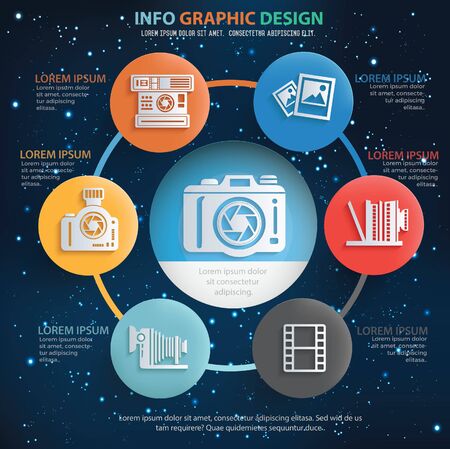What Every Photographer Needs To Find Out About Illumination
What Every Photographer Needs To Find Out About Illumination
Blog Article
Composed By-Greenwood Fraser
As a professional photographer, you recognize that lights can make or damage your images. Understanding the subtleties of both natural and fabricated light is vital for capturing the state of mind and quality you aim for in your work. Whether you're chasing after the excellent gold hour glow or adjust your fabricated arrangements, understanding these elements can raise your digital photography considerably. However there are common mistakes that lots of ignore, and acknowledging them can change your method to every shoot. Allow's discover what you might be missing and how it can influence your results.
Recognizing Natural Light
Understanding natural light is vital for any photographer wanting to improve their work. It's the structure of wonderful photography, influencing state of mind, tone, and clarity. When you fire outdoors, pay attention to the moment of day. The gold hour-- shortly after sunrise and prior to sundown-- provides soft, cozy light that can transform average scenes into spectacular pictures.
Don't take too lightly the power of overcast days. Cloud cover diffuses sunshine, producing a soft, even light that's perfect for pictures and macro photography. You'll locate shades pop in this sort of illumination without harsh darkness.
Positioning issues, also. Constantly consider Learn Alot more to the source of light. If the sun's behind your subject, you may end up with a shape, which can be significant yet mightn't be what you desire. Conversely, straight sunlight can create uncomplimentary shadows.
Experiment with angles; often, changing your point of view can generate remarkable results. Usage natural reflectors, like water or sand, to jump light onto your topic, adding dimension.
Learning Artificial Light
Mastering artificial light is essential for professional photographers who want to take their skills to the following level. Whether you're utilizing speedlights, studio strobes, or constant lights, comprehending exactly how to manipulate these sources can considerably improve your pictures.
Start by acquainting yourself with the fundamentals of light quality, instructions, and color temperature. Trying out various modifiers like softboxes, umbrellas, or grids to control the softness or harshness of the light.
You'll locate that soft light commonly produces flattering results, while harsher light can include drama and deepness. Don't avoid shadows; they can improve the three-dimensionality of your subjects.
Pay close attention to the placement of your lights. A light positioned as well close to your topic can develop uncomplimentary outcomes, while too far away can result in a lack of information. Use a light meter or your camera's pie chart to guarantee you're subjecting properly.
Lastly, keep in mind that artificial light can be combined with ambient light for creative impacts. Stabilizing these sources might take method, but once you master it, your digital photography will really radiate.
Techniques for Various Scenarios
When you step into different capturing scenarios, adjusting your lighting methods is essential for capturing the most effective photos. For exterior pictures, utilize the golden hour-- morning or late afternoon light-- to soften shadows and improve skin tones.
If it's a severe noontime sun, think about utilizing a reflector to bounce light back onto your subject or look for shaded locations for a much more even direct exposure.
In low-light situations, like interior events, increase your ISO and utilize a wide aperture to allow in even more light. A tripod can aid get rid of video camera shake, allowing for longer exposures without obscuring.
If you're contending evening, trying out off-camera flash to develop vibrant lights and deepness in your images.
For item digital photography, utilize diffused lighting to stay clear of severe reflections. Softboxes or light tents can aid accomplish this result.
When photographing landscapes, consider the direction of light and time of day, as it can substantially transform the state of mind of your shot.
Constantly be ready to adjust your setups and positioning based on the scenario, as adaptability is crucial to understanding lighting in digital photography.
Verdict
Finally, mastering illumination is crucial to boosting your digital photography skills. Embrace https://writeablog.net/tomika9janna/creative-ways-to-market-your-photography-solutions during golden hour, and do not avoid explore artificial light strategies. By adapting your method to different situations, you'll capture magnificent pictures that resonate with feeling and clearness. Remember, the ideal lights can transform an ordinary shot into something extraordinary, so keep practicing and refining your understanding of both natural and synthetic light. Happy shooting!
